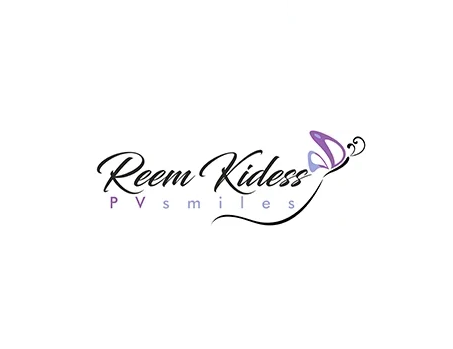Is Sedation Dentistry a Safe Option for Dental Procedures?

When it comes to dental procedures, anxiety and fear often play a significant role in preventing individuals from seeking the care they need. Fortunately, sedation dentistry has emerged as a solution to ease these anxieties and provide a more comfortable experience. However, a common question arises: Is sedation dentistry a safe option? In this blog, we'll delve into the safety aspects of sedation dentistry, its benefits, different sedation methods, and what you should consider when opting for this approach.
Understanding Sedation Dentistry
Sedation dentistry involves the use of medications to induce a state of relaxation and calmness in patients undergoing dental procedures. This approach is suitable for people with dental anxiety, special needs, or those requiring extensive treatments. The primary objective of sedation dentistry is to ensure a stress-free and comfortable experience while receiving essential dental care.
The Safety of Sedation Dentistry
Sedation dentistry is generally safe when administered by trained professionals in a controlled environment. Dentists who provide sedation are well-versed in assessing each patient's medical history and tailoring the sedation method accordingly. Some key safety considerations include:
- Patient Evaluation: Before administering any sedative, the dentist conducts a thorough medical evaluation to identify any potential risks or contraindications.
- Accurate Dosage: The dentist calculates the appropriate dosage of sedative based on the patient's age, weight, medical history, and the procedure's complexity.
- Monitoring: Throughout the procedure, the patient's vital signs are closely monitored to ensure their safety and immediate intervention if needed.
- Emergency Preparedness: Dental offices equipped with proper emergency equipment and trained staff can quickly address any unexpected reactions.
Types of Sedation Methods
- Nitrous Oxide (Laughing Gas): This mild sedative is inhaled through a mask. It induces a relaxed state and wears off quickly.
- Oral Sedation: Patients take a prescribed pill before the procedure, leading to drowsiness and relaxation.
- IV Sedation: Administered intravenously, this method offers deeper relaxation. Patients may fall asleep but can be easily awakened.
- General Anesthesia: Typically used for complex procedures, general anesthesia induces a controlled sleep-like state.
Considering Safety
Communication:
Openly discuss your medical history, allergies, and any concerns you have with the dentist before the procedure.
Qualified Professionals:
Choose a dentist with proper training and experience in administering sedation.
Follow Instructions:
Adhere to pre-procedure guidelines, which might include fasting before the procedure.
Aftercare:
Ensure you have someone to drive you home after the procedure if required, and follow post-procedure instructions for a smooth recovery.
Conclusion
Sedation dentistry can provide a safe and comfortable experience for individuals who struggle with dental anxiety or require extensive treatments. By following proper protocols, communication, and selecting a qualified dentist, the risks associated with sedation dentistry can be minimized. If you're considering sedation for your dental procedure, consult with a knowledgeable Scottsdale dental professional to determine the best approach for your specific needs. Remember, when administered responsibly and in the right conditions, sedation dentistry can empower you to overcome your fears and prioritize your oral health.


